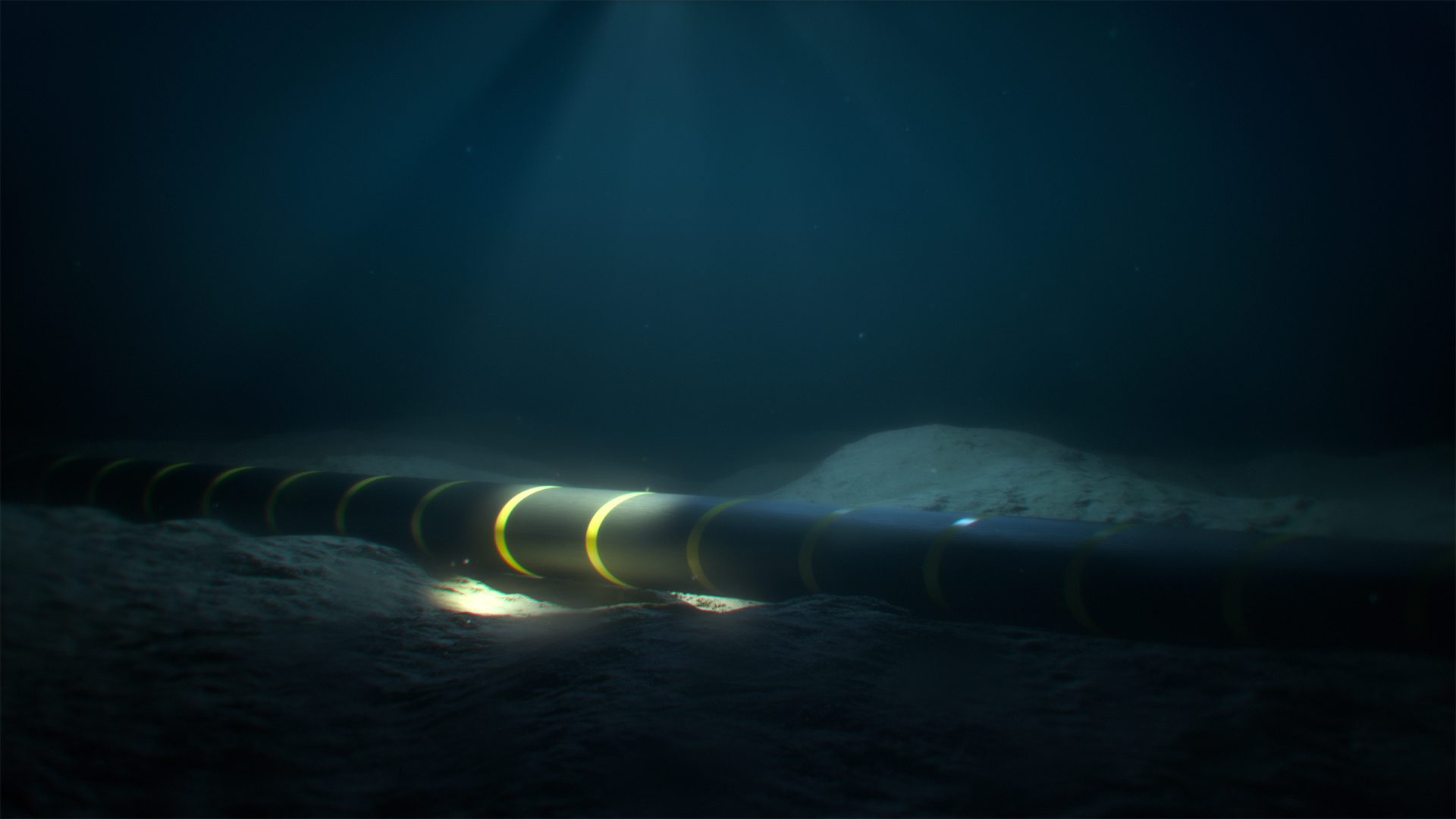SUMMARY
This is AI generated summarization, which may have errors. For context, always refer to the full article.

SINGAPORE – The United States is backing a new undersea internet cable connecting several Pacific islands, according to a plan for the project seen by Reuters, boosting Washington’s interests in a region where it is vying for influence with China.
The Central Pacific Cable would connect American Samoa with Guam – two US territories – and extend to up to 12 more Pacific islands, according to a document showing the cable route. Guam is home to a key US military base.
Details of the cable were displayed at an industry conference in Singapore by the developers, Paul McCann and John Hibbard, two veteran subsea cable consultants. APTelecom, a US-based telecoms consultancy, is carrying out the feasibility study. APTelecom, Hibbard and McCann declined to comment.
The new cable could connect the US territories with Papua New Guinea, Samoa, Tuvalu, Fiji, Nauru, Marshall Islands, Kiribati, Cook Islands, Wallis and Futuna and the Federated States of Micronesia, the plan showed.
Further funding for the project would most likely come from multilateral donors such as the World Bank and aid agencies in the United States, Australia, New Zealand, the plan said.
Undersea internet cables typically take at least 3-5 years to be developed and installed. The proposed cable would stretch thousands of kilometres.
A White House fact sheet released on Monday after a meeting between Pacific Island leaders and President Joe Biden in Washington confirmed the US Trade and Development Agency would fund a $3 million feasibility study for the cable. The statement didn’t state the countries involved.
This would be the first undersea cable connecting Tuvalu, a tiny nation of about 11,000 people, the USTDA said in a post on its Facebook page.
Undersea fiberoptic cables, which criss-cross the ocean floor and transmit 99% of transcontinental internet traffic, have become a key arena of competition between the U.S. and China, as reported in a Reuters investigation in March.
The Pacific islands, which form a vast arc to the north of US ally Australia, are strategically important for US naval movements and are home to valuable minerals and fisheries.
Island nations in the Pacific have vulnerable internet infrastructure. Tonga was cut off from global telecommunication networks for a month last year after a volcanic eruption and tsunami severed its only undersea cable.
Last year, the Biden administration pledged to help Pacific islanders fend off China’s attempts at “economic coercion”. Beijing signed a security agreement with the Solomon Islands last year, prompting fears of a militarization of the region.
Washington intervened two years ago to block a Chinese company from building another subsea internet cable in the Pacific islands, Reuters reported at that time.
The United States, Australia and Japan this year agreed to pay for and revive that project, known as the East Micronesia Cable. It will connect the Island nations of Nauru, Kiribati and Micronesia. – Rappler.com
Add a comment
How does this make you feel?
There are no comments yet. Add your comment to start the conversation.